Text
yeah sorry they gave me an open wound instead of a heart that's why im like this
29K notes
·
View notes
Text

Joy Sullivan, from "Late Bloomer", Instructions for Traveling West
22K notes
·
View notes
Photo

Saints Teresa of Avila, Claire of Assisi and Catherine of Siena
317 notes
·
View notes
Text
i shouldnt be at the club i should be at a monastery. illuminating texts and shit
10K notes
·
View notes
Text
giving away free tarot readings except im using cards from cards against humanity instead of tarot
80 notes
·
View notes
Text
Medievalists speculate that the wound, pictured as a slit in Jesus’s side emitting blood and clear liquid, led some mystics to imagine other bodily slits that emanate blood and clear fluids. [...] Additionally, the blood of Jesus’s wounds is said to bring forth life; likewise, life is brought forth through the blood-discharging female sexual organ.


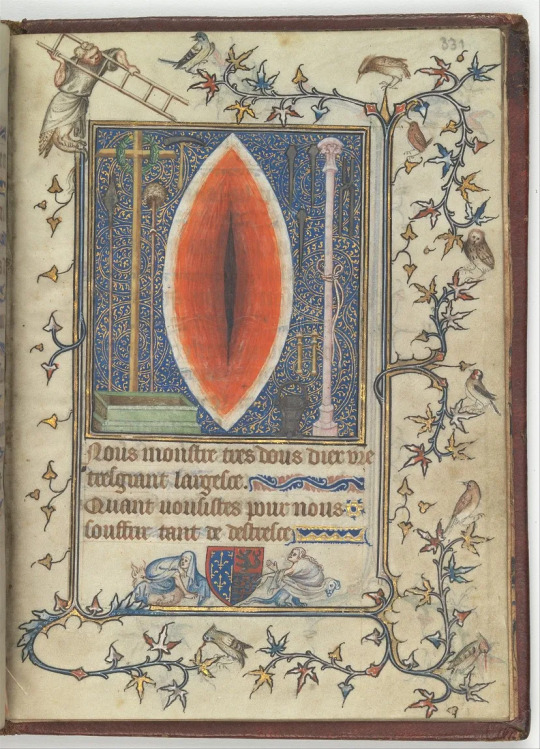
The idea of Jesus’s side wound being like a womb then led to artists showing a female — either baby or adult — being birthed from that wound. The birthed human is the Church, born through the life-giving blood of the Son of God … delivered through Jesus’s vagina. Jesus, then, becomes gender non-binary, bearing both male and female sexual organs.
Jesus’s Vagina: A Medieval Meditation // Emily Swan
1K notes
·
View notes
Text

#the current state of my google searches#history student#i live and breath it all#you get 3 guesses for my thesis topic
0 notes
Text
tumblr in the twelfth century be like fornicate/canonize/proclaim heretic
56 notes
·
View notes
Text
it’s because you’re always on that damn internet archive
3K notes
·
View notes
Text
“Medieval images of the body have less to do with sexuality than with fertility and decay. Control, discipline, even torture of flesh is, in medieval devotion, not so much the rejection of physicality as the elevation of it—a horrible yet delicious elevation—into a means of access to the divine.”
— Caroline Walker Bynum, ‘The Female Body and Religious Practice in the Late Middle Ages.’
4K notes
·
View notes
Text
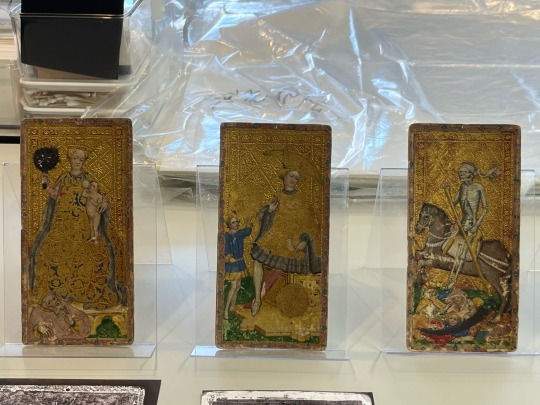
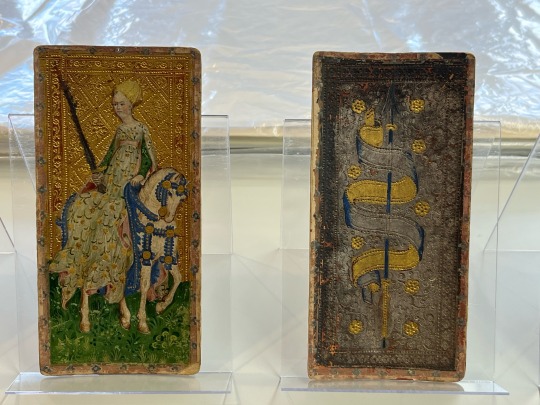
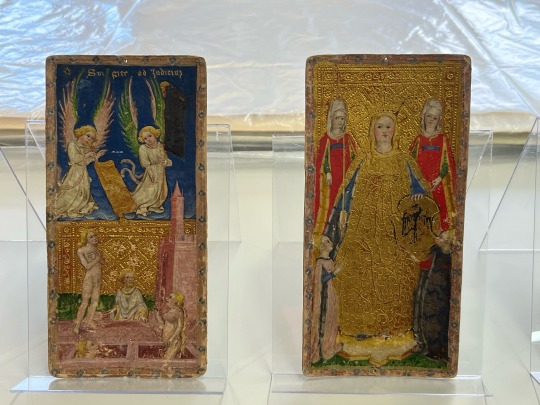

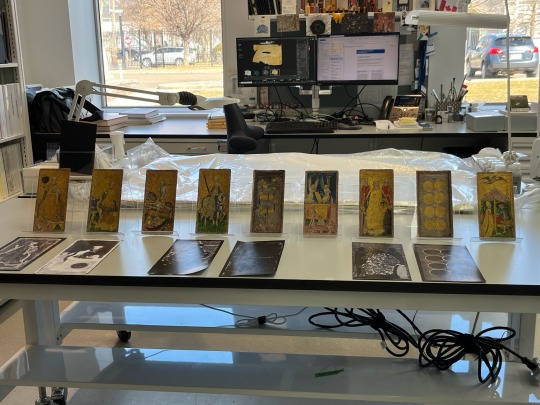
Fifteenth century tarot cards, possibly the oldest known deck. Look how beautiful they are! These are from way back before they were used for cartomancy.
9K notes
·
View notes





